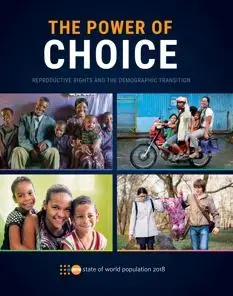Of 43 parts of the world with fertility of four or more births per woman today, 38 are in Africa.
Although the fertility transition is underway in sub-Saharan Africa, it is progressingmore slowly than in other regions. Fertility has dropped slightly throughout the region during the past 50 years, and significantly so in some parts of the continent, but since then has stalled in a number of countries.
Because of continued high fertility, subSaharan Africa is expected to contribute more than half of the anticipated growth in world population from now until 2050—that is, 1.3 billion people out of the 2.2 billion that will be added worldwide. If these predictions are correct, Africa’s share of the world population will grow from 17 per cent in 2017 to 26 per cent in 2050.
Persistently high fertility means that the increase in the number of younger people in the years ahead will make it harder for countries to ensure access to quality education and health care, and for economies to generate sufficient opportunities to productively engage the many young people entering the labour market. The extent to which individuals and couples are able to exercise their reproductive rights can determine whether fertility in the region remains high or decreases in the coming years. How governments support these rights will therefore have implications for countries’ social and economic development.
This report is about global fertility trends, but it is also about choice- or lack of it - and what that means for women, for couples, and for countries' prospects for development.
The report makes the case that choice can change the world.


